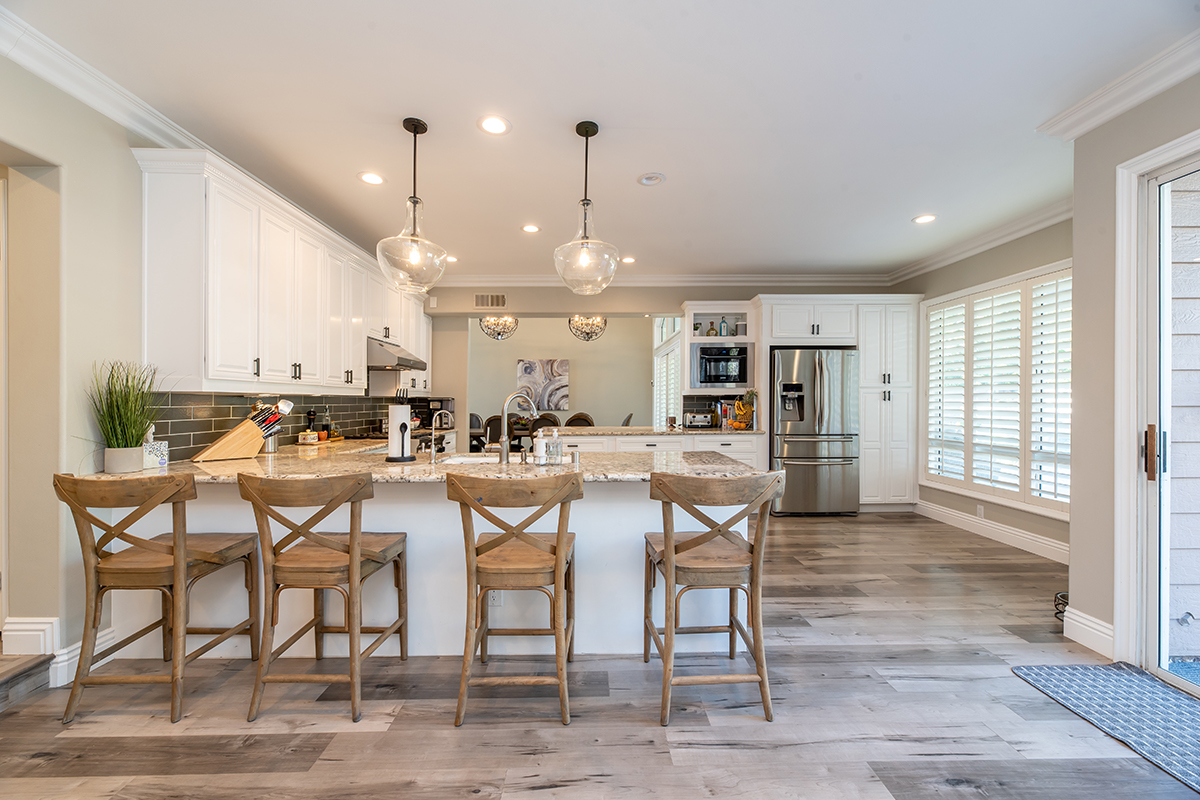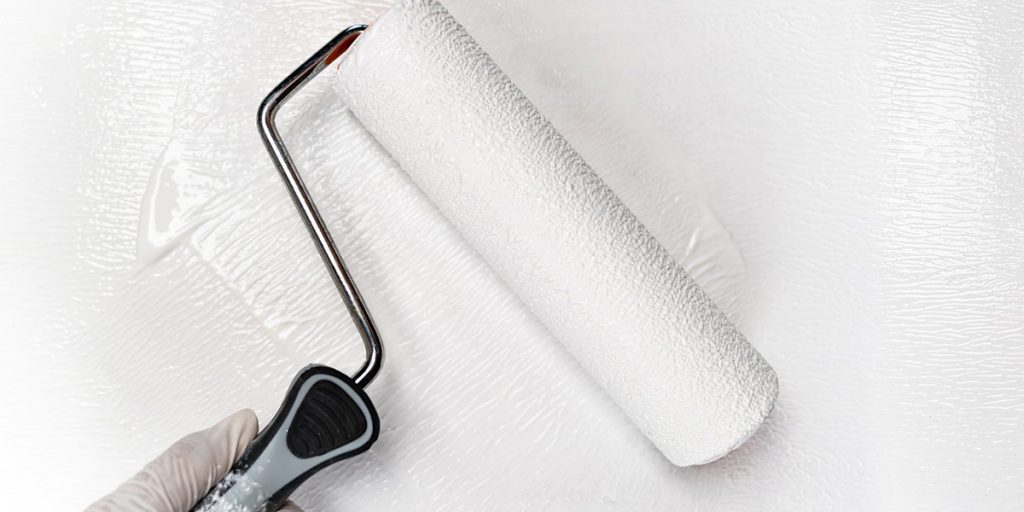I want you to feel happy, proud, and secure with your purchase! It is truly a lifetime investment for most people, especially for first-time homebuyers. My hope is to help you to be prepared for the best outcome, while also preventing the worst scenario before it’s an issue.
Soon after your purchase offer has been made and accepted, an official home inspection should be completed. This allows for the time it may take for the seller to make repairs or accept negotiations. As the buyer, you will still have the opportunity to inspect the house again on your final walk-through prior to the closing. This is your time to ensure that the property is as agreed to – and to confirm that the seller has completed any repairs that were agreed to in the offer and the inspection report findings. Come prepared with a notepad, pens, and a camera to document your findings.
Observing the interior of the property is more than just making sure there are enough bedrooms and a pleasing layout. You will want to train your eye to look for details.
Electricity: Test all of the outlets, switches, and lights in each room. The electrical panels and wiring needs to meet local codes and pass the inspection appropriate for the house.
Plumbing: Check that all of the fixtures work with no drips or leaks, or evidence under sinks and fixtures of prior leaks. The water pressure throughout the house should be similar. The water spigots should not leak and the water should run clear and cold – and turn hot when you turn on the hot water. Check the hot water heater for leaks or rust. If you hear clunking sounds after running the hot water for a bit – this means it has not been drained for awhile and may have mineral buildup inside.
Air Conditioning: The air conditioning unit should be working and appropriate for the climate and the volume of space which must be cooled.
Heating: The furnace should be in working order and appropriate for the climate and volume of space to be heated.
Fireplaces: Check to see how clean the interior is and note any buildup. A damper should be in place and work properly. Verify against the inspection report when the chimney was last maintained.
Thermostat: Verify the operation of the thermostat for the heating and cooling systems and test it out during your walk-through.
Attic Insulation: Insulation in the attic should be flat, in good condition, and evenly distributed. The attic should have adequate ventilation, whether via vents or windows.
Carpets: All of the carpeting should be clean and lie flat, with any seams protected such as in doorway thresholds and on stairs.
Tile or Vinyl: There should not be any bubbles, ridges, cracks, or seam gaps in a newly built home, but some wear can be expected in an older home.
Windows: Check that there are no cracks or missing panes, and that the windows lock securely and open and close easily. Storm windows are a plus, as are hurricane shutters.
Weatherstripping: All windows and doors should have weather stripping tightly affixed to the frames to protect from gaps that could cause air and temperatures to pass through easily.
Screens: Window screens should be in place with no rips or tears, and they should be able to be opened and closed as needed.
Appliances: Appliances that are listed to be included in the sale of the home should be in good repair. All ranges, refrigerators, dishwashers, ovens and microwaves should work and be safely and properly hooked up. If there is a washer and dryer or other large appliances – check that they are all safely plugged into the appropriate outlets and working well.
Basement: Some small cracks from settling may be acceptable, but large breaks and cracks are not. Some minor basement condensation can be expected for at least a year in a new house, but not obvious leaks.
Your checklist for items to look for around the outside of the property may include the amenities and scenery of the neighborhood, but you do want to carefully look at the house exterior and the local drainage systems.
Grading: Any water runoff should be directed away from the home as much as possible. Inquire with area locals about their experiences with heavy rains and other weather-related common conditions prior to purchasing.
Landscaping: The trees, grass, plants and flowers should be located so that they are not blocking exits or walkways. Look for tree branches that could fall and cause damage to the home. Shrubs, bushes, and plants near the home should be placed two to three feet from the house to allow for good drainage and healthy growth.
Chimney: If there is a chimney, it should be straight with no leaning, no bowing, and no obvious cracks.
Gutters: The gutters should be straight and firmly connected. The downspouts and splash blocks should direct water away from the base of the home.
Flashing: The narrow metal strips that are used to prevent leaks in the roof area should be flat and secure. All roof areas should be covered with the appropriate roofing materials or flashing.
Shingles: All shingles should be flat and properly aligned. Bumpy shingles may allow for leaks or maybe covering up underlying problems.
Exterior Paint or Siding: The exterior paint should have a consistent color and texture, and thoroughly cover the home. Siding should show no signs of buckling or degradation.
My goal as your real estate agent is to help you find the home that meets your needs and that of your loved ones for years to come. I will always be ready to assist you when you are ready to buy your next home for your growing family, for your move to a new location for work, or if you wish to downsize when the kids are grown up.




